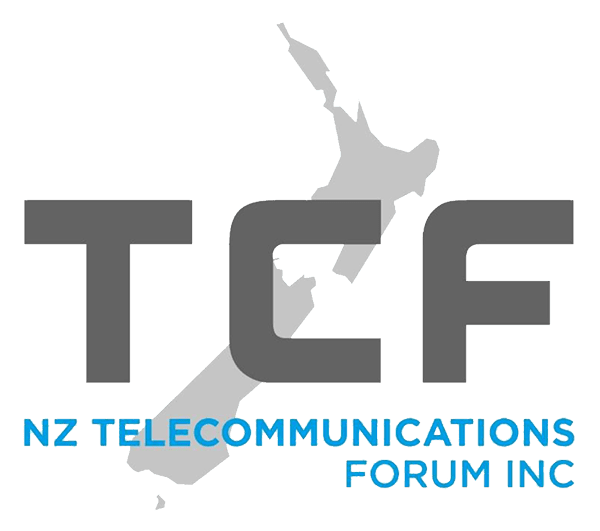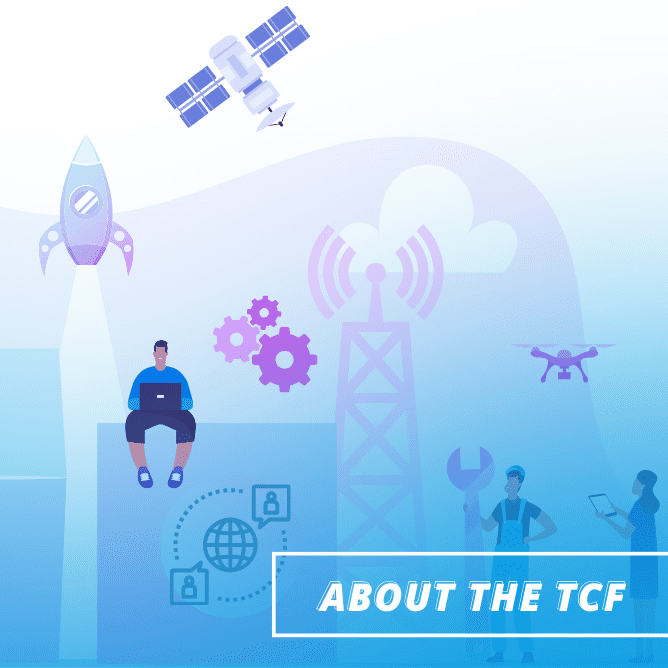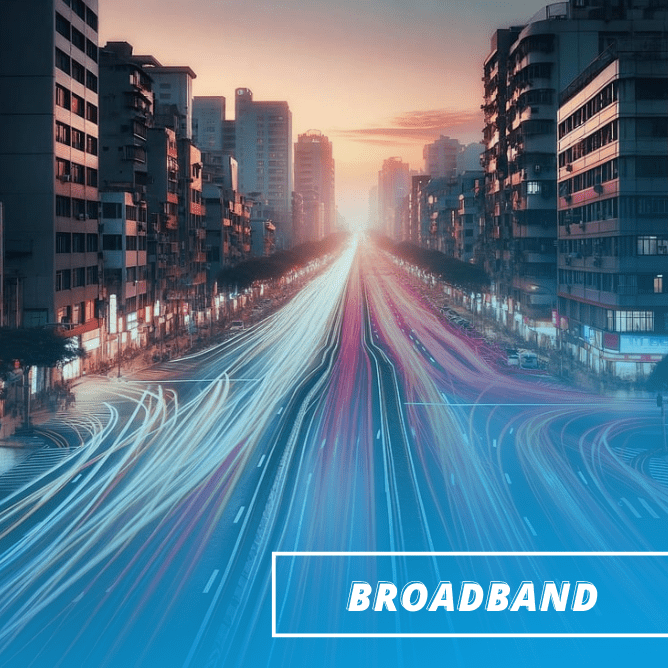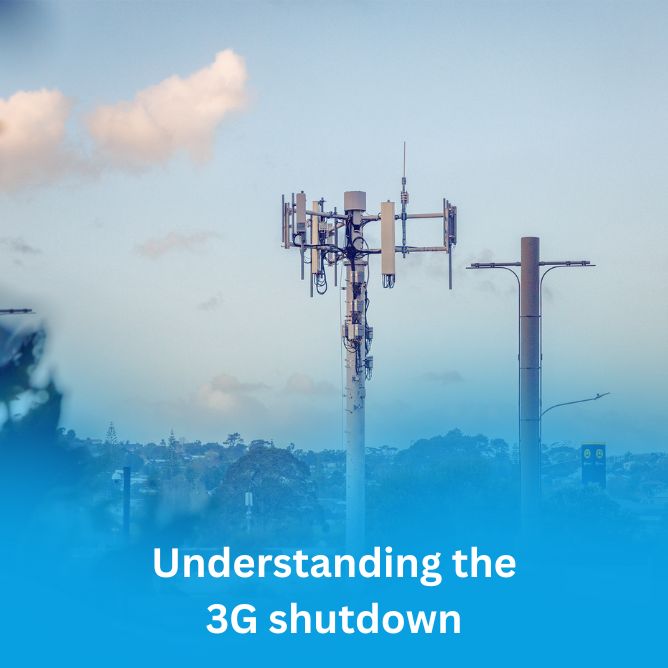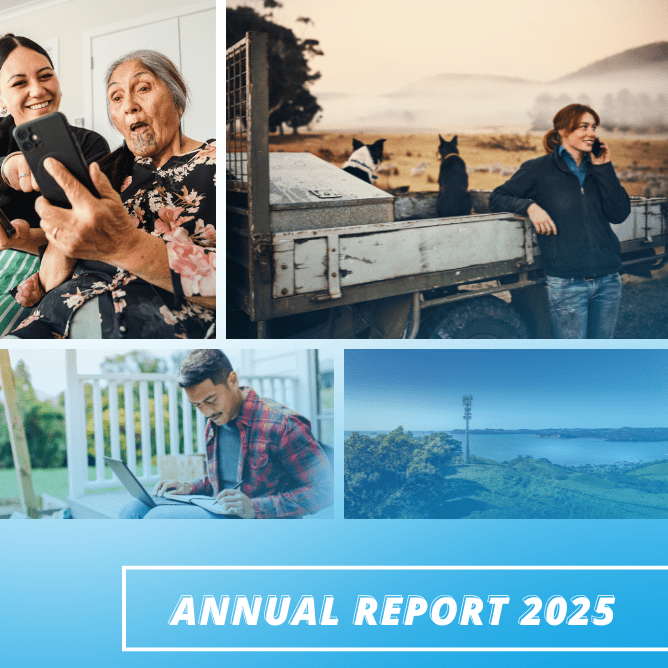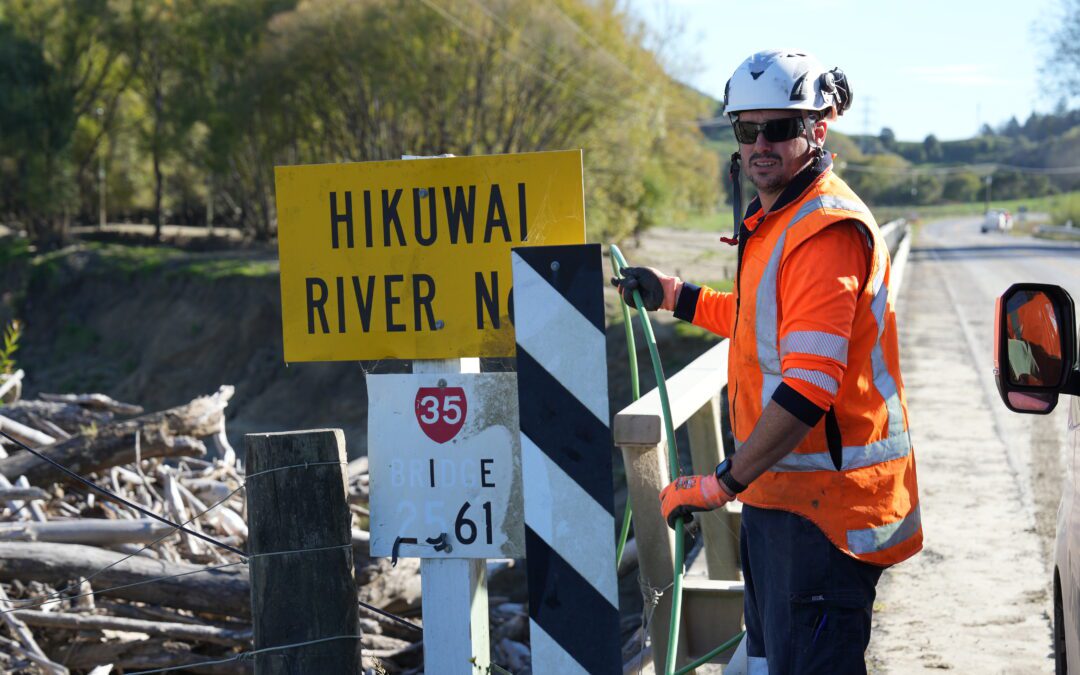Digital Strategy for Aotearoa has all the hall marks of your classic digital economy strategy – grow your tech sector, support other industries and small business to make the most of digital technologies, sort out digital equity, and make sure folks are safe and secure online. But this time there is an overlay of climate change, and recognition of the Crown’s responsibility to give effect to Te Tiriti o Waitangi in the work it does in the digital domain.
Let’s take a look at the Strategy’s three themes: mahi tika (trust), mahi tahi (inclusion) and mahi ake (growth). They all follow a fairly standard formula of setting out some goals, popping in some measures of progress, and noting the actions the Government will be taking to achieve the goals. Many of the actions are not new, rather a re-categorisation of existing government work. This is, for the most part, due to a lack of funding to bring the strategy to life.
Mahi Ake (Growth)
The growth theme doesn’t have any surprises. Much of the action for this one will sit in the Industry Transformation Plan for the Digital Technology Sector, due out soon. Other key initiatives include small business uptake of ICT through Digital Boost, implementing the Digital Skills and Talent Plan (as resources permit), negotiating appropriate digital trade rules in FTAs and at the WTO, and a by Māori for Māori research project.
Mahi Tika (Trust)
Mahi Tika is an interesting combination. It includes the trust, confidence and digital skills issues we usually associate with digital inclusion, mixed with cyber security for businesses, and a focus on businesses making more use of data but in trustworthy and ethical ways. The key initiatives for this theme are mainly a list of things that are already happening: the Algorithm Charter, implementing the 2019 Cyber Security Strategy, the DIA work on digital identity which will introduce an opt in regulatory framework for identity services, and government cloud adoption. There is a commitment to co-design a Māori data governance model to ensure that Māori data use is informed ‘by and with Māori’. Mahi Tika also gives a nod to doing something about misinformation (a policy issue that has fallen between the cracks of departmental responsibility) with the Department of Prime Minister and Cabinet planning a multi-stakeholder process and strategy in 2022.
Mahi Tahi (Inclusion)
The inclusion theme shows that the Government understands digital equity issues but hasn’t decided how to address or resource them. The goal is that “all New Zealanders have the tools, skills and confidence to participate in an increasingly digital society” and that “digital infrastructure, content and services meet people’s diverse needs”. The measures of success take this a bit further and include high speed internet being available to all New Zealanders, and all New Zealanders being able to afford a quality internet connection and internet-enabled device. All by 2033, which is bit long to wait for internet access.
When it comes to government action on digital equity the Strategy notes that most of the detail is still to come, signalling a “multi-year digital inclusion action plan” that will deliver “sustainable, longer-term options to make internet and devices more affordable” as well as “improve people’s core digital skills, make digital public service more inclusive and create a digital inclusion lead agency” is in the works. Something the Digital Inclusion Blueprint promised but failed to deliver. In case you are wondering, the Blueprint is out, and the Strategy is in.
Other key initiatives for digital equity are things that were already happening: the 5G roll out, the Ministry of Social Development skills programme for seniors, the funding from the last Budget for rural connectivity, and more of a push to get government agencies to donate devices to digital equity schemes. While the strategy highlights the historic investments in UFB and rural broadband, and talks about the need for government and industry to “keep focusing on giving more New Zealanders access to the connectivity they need”, there is no commitment to further government investment.
Overall, this is a nice framework with some good goals, but some big gaps (and a lack of urgency) for digital equity. Will Minister Clark be able to pull a rabbit out of the hat with the promised multiyear digital inclusion action plan? I hope he does, and that the rest of the Cabinet support him at Budget time.
Kim Connolly-Stone – TCF Policy Lead
